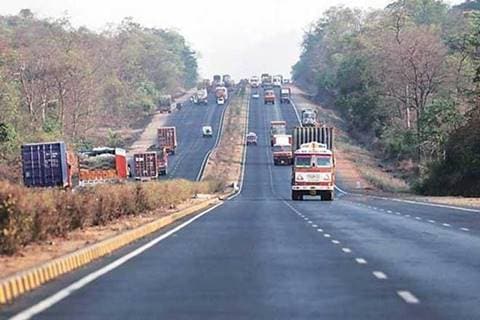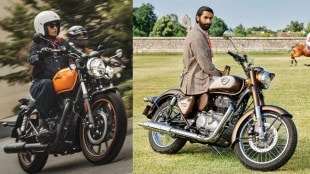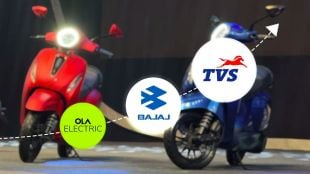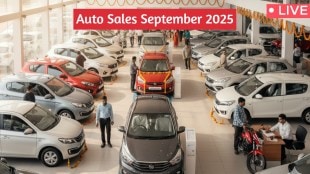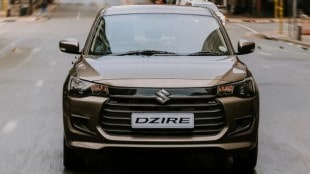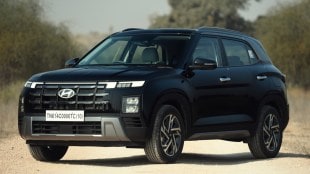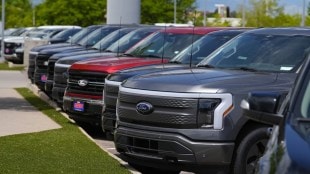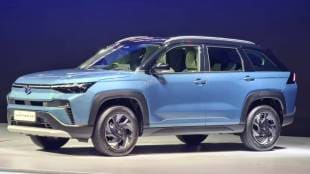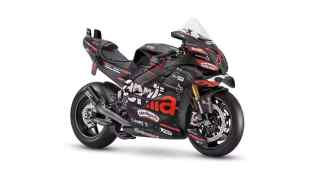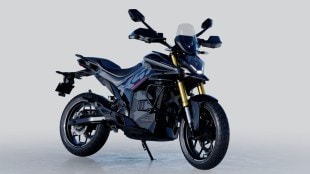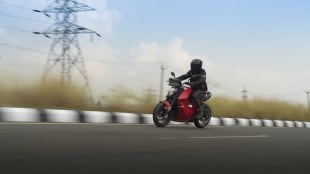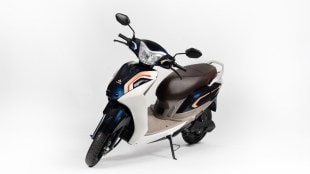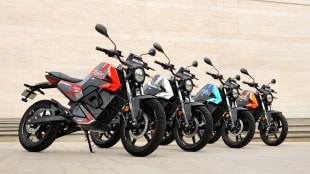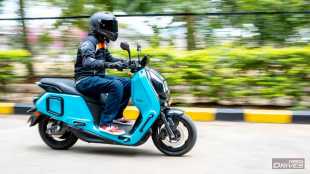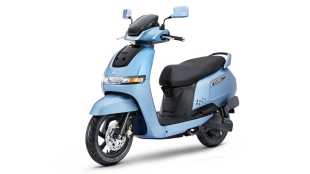
The government has revised the maximum speed limit for cars as well as buses on expressways, 4-lane carriageways and roads under the municipal corporation. According to the new norms, cars can do up to 120 kmph, while buses can attain a speed of 100 kmph on access control expressways. On the other hand, cars are allowed to run at 100 kmph while buses at 90 kmph on 4 lanes and above divided carriageways. On roads under the municipal corporation, cars can run at a speed of 70 kmph while buses at 60 kmph.
Road Transport and Highways Minister, Nitin Gadkari, in a written reply to the Lok Sabha, said that the revision in the speed limits was carried out on the basis of recommendations of a committee. Considering the better engine technology along with the improved road infrastructure, the said committee was set-up in order to review the speed limit of motor vehicles in India, said the Minister. He further added that no cognizance of the violation of the speed limits shall be taken under section 183 of the Motor Vehicles Act, 1988 if the speed detected is within 5 per cent of the maximum speed specified.
With higher speed limits, what can one do to make sure that his/her car or bus is up to the mark in terms of safety? One of the basic things to make sure is that the motor vehicle is mechanically fit. That it has its engine, transmission and other important components in perfect working condition. In addition to this, one must also ensure that the tyres are properly inflated and in good condition. Furthermore, for added safety when driving at night, the headlights, as well as the tail-lights, should be working properly. The bus driver should ensure that their vehicle is not overloaded and refrain from taking turns are higher-speeds as the same can result in the overturning of the vehicle due to a higher centre of gravity
Inputs: PTI
